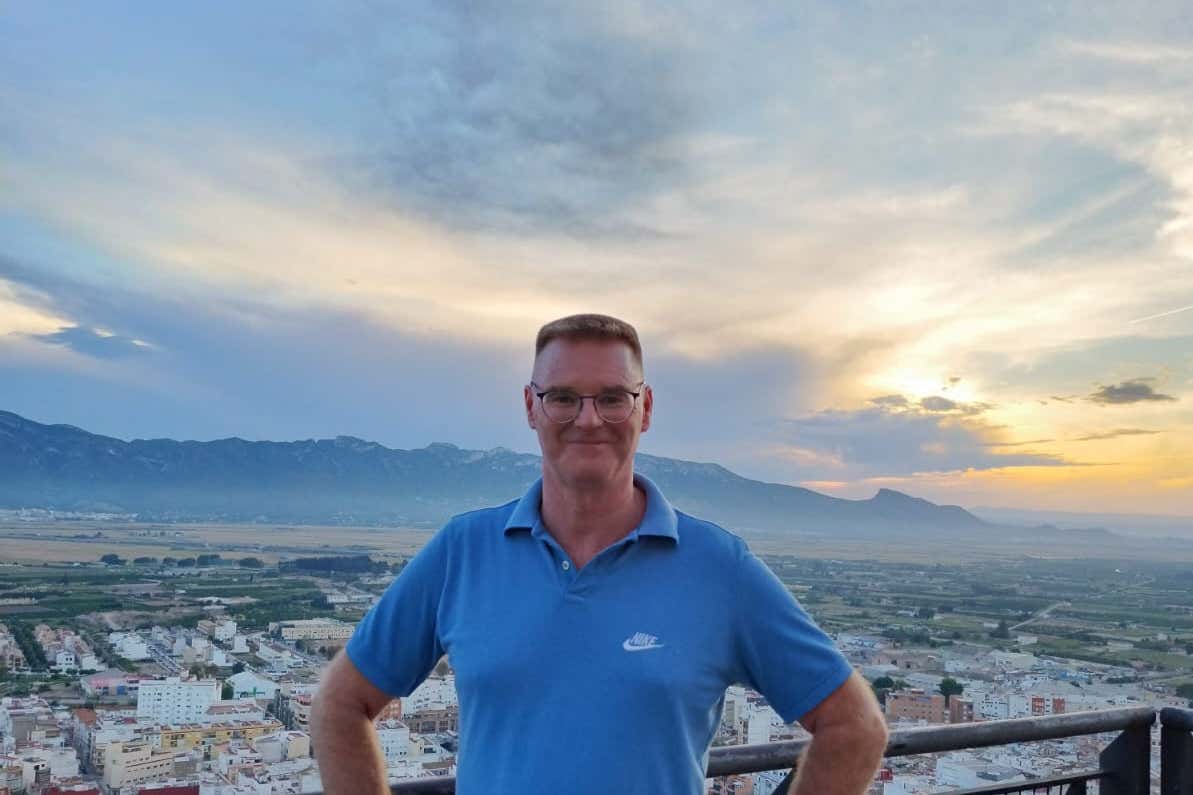Expat teacher in Spain still trapped after flood waters surround town and food runs out
John Fahy described driving home during the worst of the storm, which hit southern Spain on Tuesday.

Your support helps us to tell the story
From reproductive rights to climate change to Big Tech, The Independent is on the ground when the story is developing. Whether it's investigating the financials of Elon Musk's pro-Trump PAC or producing our latest documentary, 'The A Word', which shines a light on the American women fighting for reproductive rights, we know how important it is to parse out the facts from the messaging.
At such a critical moment in US history, we need reporters on the ground. Your donation allows us to keep sending journalists to speak to both sides of the story.
The Independent is trusted by Americans across the entire political spectrum. And unlike many other quality news outlets, we choose not to lock Americans out of our reporting and analysis with paywalls. We believe quality journalism should be available to everyone, paid for by those who can afford it.
Your support makes all the difference.An expat teacher living south of Valencia in Spain says he is unable to leave his town due to being “surrounded by water” following flash flooding in the region.
John Fahy, 55, who lives in a seaside town called Cullera, also reported there being no food in the supermarkets, with no new supplies expected for a while.
At least 158 people have been killed in Spain’s worst flooding disaster this century, with rescue workers searching for bodies in stranded cars and sodden buildings.
Some 155 deaths have been confirmed in the eastern Valencia region alone, while two people were killed in the neighbouring Castilla La Mancha region and a British man died in southern Andalusia.
“The army was only sent in two, three hours ago, because now they’re finding more bodies in garages,” Mr Fahy, from Dublin, told the PA news agency.
“We can’t leave our town because it’s flooded all around.
“There’s no-one in the shops in Cullera because there’s no food and there won’t be for a while.”
Mr Fahy, who works as an economics teacher 30km north of Valencia, was driving home from work on Tuesday when the storm hit the region.
“When I left my work at 5pm, it was hell coming home,” he told PA.
“I was driving through the storm in the slow lane at 80km per hour.
“I wanted to stop, but I couldn’t stop on the highway. I was scared.
I got home OK, but I was scared
“And there was a truck behind me flashing the lights. He was centimetres away from me. I got home OK, but I was scared.”
Spain’s worst natural disaster in generations has left a trail of destruction, with cars piled on top of one another, uprooted trees and downed power lines.
The floods demolished bridges and left roads unrecognisable.
An unknown number of people are still missing and more victims could be found.
“Unfortunately, there are dead people inside some vehicles,” said Spain’s transport minister Oscar Puente.
An analysis by World Weather Attribution has found that the rainfall was about 12% heavier and twice as likely compared with the 1.3-degree cooler pre-industrial climate.
The scientists said that while analysis is not a full and detailed attribution study, climate change is the most likely explanation.
This is due to a warmer atmosphere that can hold more moisture, leading to heavier downpours.